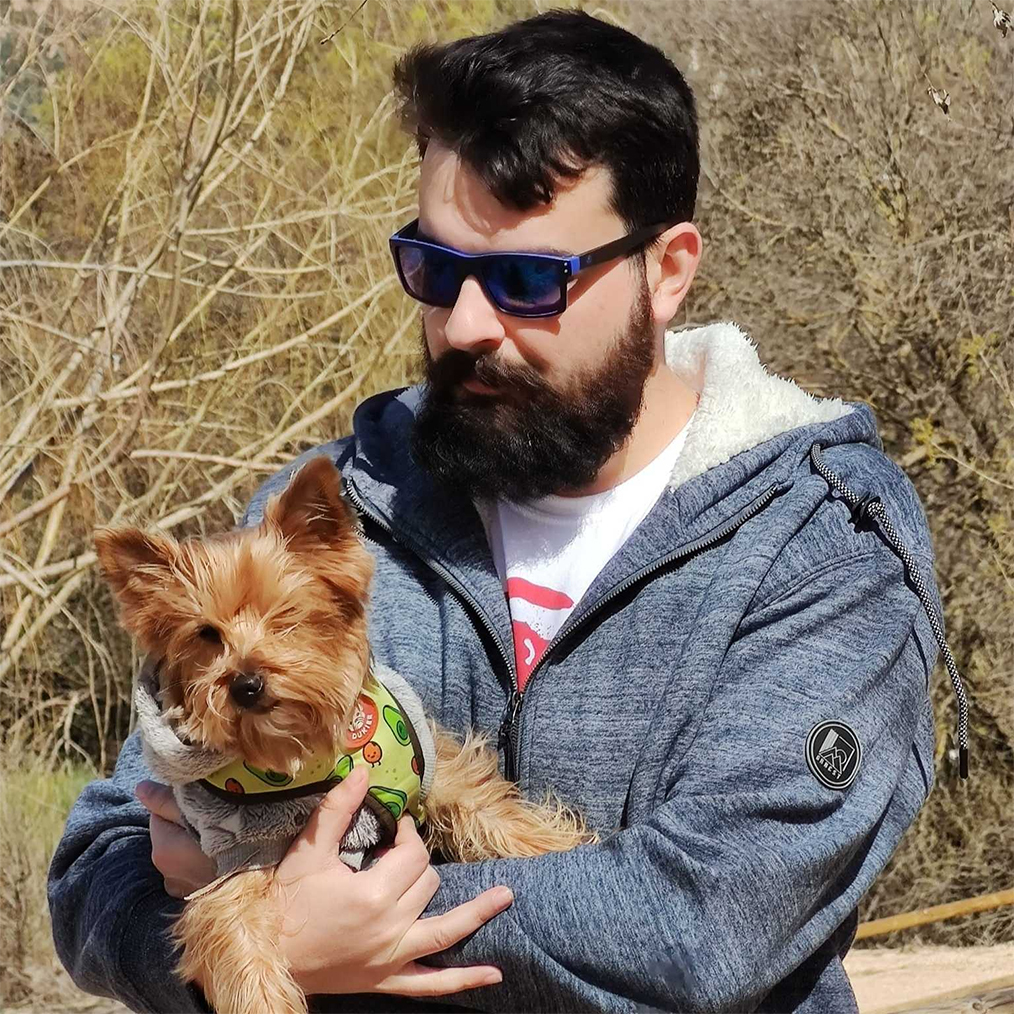I relished Massive Entertainment’s Avatar: Frontiers of Pandora despite its traditional, overdone chunks of design. Before that, I was a fan of the (in my opinion) underrated studio behind The Division, and its take on James Cameron’s sci-fi canvas boosted my hopes for the open world of Star Wars Outlaws.
However, it’s hard to imagine the first-ever Star Wars video game to truly feature an open-ended, single-player sandbox — after Jedi: Survivor’s push to feel more like a vast, classic Zelda title — not following Ubisoft’s tried-and-tested open-world formula to a certain degree. This isn’t necessarily bad, as fans had been asking for this type of Star Wars game for over a decade. ‘Grand Theft Auto but set in a galaxy far, far away’ was bound to happen sooner or later, and the fact we might be slightly tired of some design bits shouldn’t kill the excitement of finally getting one of the most dreamed-about Star Wars games.

Even after the release of Star Wars Outlaws’ story trailer ahead of its August 30 launch, we haven’t learned that much about the plot or key players beyond the scoundrel-y Kay Vess, little Nix, and the reprogrammed commando droid ND-5 that some people are already thirsting over. In fact, Ubisoft and Massive’s main focus during interviews and in press releases has been on the freedom of choice, the many factions and how they react to the player’s actions, and the many ways to uncover hidden secrets on the planets we’ll be visiting.
While, personally, I’m not expecting natural discovery in the vein of what Tears of the Kingdom or Dragon’s Dogma 2 went for, Avatar: Frontiers of Pandora demonstrated that Massive has a more organic take on the infamous ‘Ubisoft formula’ that still sells millions every time a massive Assassin’s Creed comes out. The Pandora-set adventure doubled down on the premise of a Na’vi fantasy and natural interactions with the alien wilderness, and that ultimately made the exploration far more enjoyable than in recent Assassin’s Creed and Far Cry entries. I’m expecting something similar from Star Wars Outlaws, yet the universe’s unique traits also asks for something safer, and I’m okay with that.

We must go all the way back to the imperfect but immensely influential first Assassin’s Creed to properly understand how open-world games have evolved over the last two decades. At the time, the novelty was the size of the worlds and the complexity of the simulations making cities feel alive. Bethesda Game Studios had already cracked the code regarding the ‘alive’ factor, something it has continued to perfect over time, but always went deeper rather than wider. This gave Ubisoft an opening to define how almost every sandbox game not made by Rockstar would behave (for the most part) for three generations.
Of course, the rest of the industry has iterated on the modern ruleset of Assassin’s Creed and Far Cry, often improving on the most dated bits, while other developers chose to follow Bethesda’s style of designing massive worlds. Right now, we can even see the ‘huge map full of markers’ DNA in plain sight in action RPGs like the fourth Diablo. Why not go wide to farm more player engagement by covering the worlds with secondary quests, tasks, events, and whatnot? It works for many games, and the financial performance of long-running series supports this idea, but we also talk about ‘bloated’ experiences quite frequently.
In the case of a true open-world Star Wars experience, especially since we’ve never had one before, I strongly believe a more classical approach to the formula might be a good thing. I don’t want Outlaws to be a full-blown ‘collectathon’, full of leveled foes and generic bases and outposts ready to be raided (as much as I enjoy clearing those on a visceral level), but a ‘scoundrel fantasy’ that takes us to different planets and dares to let players go wild in the overprotected Star Wars universe (when it comes to expanding its history and mythology) needs that kind of juice.

There’s a good reason why gamers almost never complain about Rockstar Games’ traditional approach to open-world design: all the familiar bits and base-level rules are there, but immersion plays a huge role and receives special treatment, and the simulation and random events baked into the flow make sure the worlds are more than a big-budget backdrop for missions that can be easily ported to other games. Massive did a great job of letting Avatar: Frontiers of Pandora shine thanks to its universe’s more unique elements, and an open-ended Star Wars adventure set in the underworld of the iconic sci-fi fantasy setting demands structures and systems we’ve seen before.
As usual, it all will come down to the execution and how the pieces come together. I’m more than happy to hunt for credits, new swag, and equipment for dozens of hours, so long as the wonder doesn’t wear off after the first few quests of taking on crime syndicates. With such an amazing setting ready to be explored, going for a timid angle wouldn’t be wise in my humble opinion. Burned-out players maybe should stop for a moment and consider whether they want the wheel to be reinvented precisely in the ‘Han Solo simulator’ Star Wars game. The galaxy is full of opportunities, and I want my in-game map to reflect that.






Published: May 18, 2024 02:00 pm